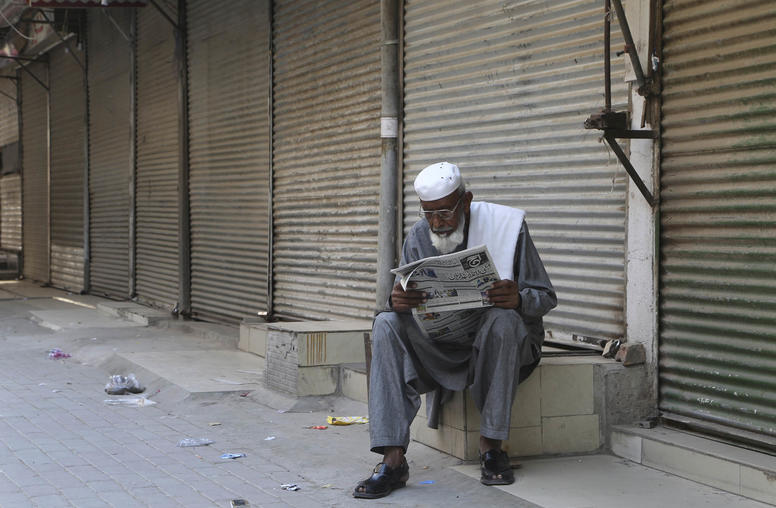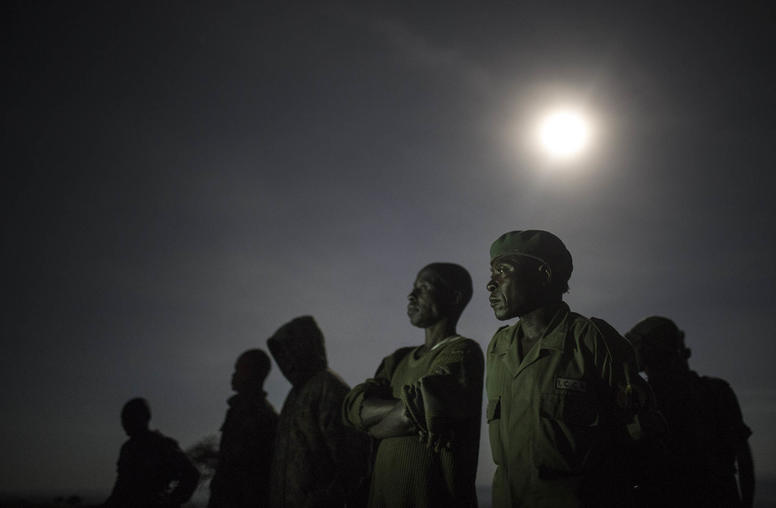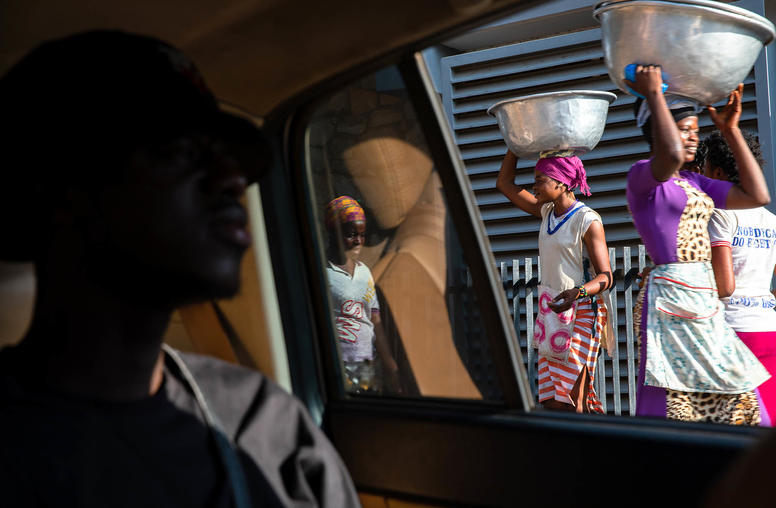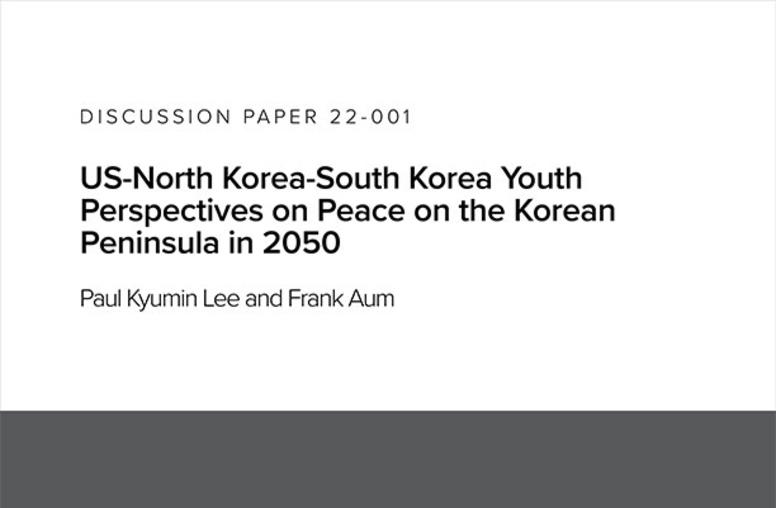Question And Answer
Publications
Articles, publications, books, tools and multimedia features from the U.S. Institute of Peace provide the latest news, analysis, research findings, practitioner guides and reports, all related to the conflict zones and issues that are at the center of the Institute’s work to prevent and reduce violent conflict.

Ambassador William Taylor on the State of Russia’s War with Ukraine
As fighting intensifies in eastern Ukraine, USIP’s Ambassador William Taylor says the war is now “a race … between the Ukrainians trying to get new weapons coming from the United States and other NATO nations while the Russians try to move through the eastern part of the country.”

Andrew Watkins on the One-Year Anniversary of Taliban Takeover
With “more people going hungry in Afghanistan than anywhere else in the world,” the Taliban have shown they recognize “the scope of the problems they’re facing. But they’ve also revealed … just how little they can do to grapple with the world’s worst humanitarian crisis,” says USIP's Andrew Watkins.

Donald Jensen on the NATO and G-7 Summits
With back-to-back G-7 and NATO summits this week, USIP's Donald Jensen says President Biden is focused on maintaining unity among allies and partners as the war in Ukraine grinds on: "Putin is counting on the faltering of Western assistance and political support for Ukraine … and that's what we’ll see discussed this week."

Losing Facts to Fiction: Nationalism, Misinformation, and Conspiracy Theories in Pakistan
Misinformation and conspiracy theories have become staples of mainstream politics in numerous countries around the world—democracies and autocracies alike. Pakistan is no exception. This report examines the causes of pervasive belief in misinformation in Pakistan—particularly nationalistic misinformation—and the consequences for the country’s relations with its neighbors, the risk of international or domestic conflict, and attitudes toward Pakistan’s many ethnic minority groups. The report also discusses steps that policymakers can take to counteract misinformation.

Mary Glantz on the G20 Summit
The joint leaders’ statement at the G20 Summit, while largely symbolic, showed that “Russia [is] a lot more isolated than perhaps we’d been led to suspect,” says USIP’s Mary Glantz, adding that Russia’s anti-imperialist justification for the war in Ukraine is “not getting the traction we thought it was.”

Armed Actors and Environmental Peacebuilding
The eastern provinces of the Democratic Republic of the Congo (DRC) have been the site of decades of conflict between the Congolese army and nonstate armed groups. The region’s conflict dynamics are profoundly affected by the combatants’ exploitation of and illegal trade in natural resources. Drawing lessons from eastern DRC, this report argues that the environmental peacebuilding field needs to do more to understand how armed actors shape resource governance and resource-related conflict, which in turn can lead to better-designed peacebuilding programs and interventions.

Coastal West Africa Senior Study Group Final Report
The countries of Coastal West Africa are currently facing significant challenges to peace and security as extremist violence spills over from the neighboring Sahel region. Attacks in 2022 in the northern parts of Benin, Côte d’Ivoire, and Togo illustrate the immediacy and gravity of the threat, and governments across the subregion are grappling with protecting fragile communities in the north, addressing porous borders that facilitate attacks from neighboring states, and building the capacity of security forces to address the threat.

Donald Jensen on the Latest Wave of Russian Rocket Attacks in Ukraine
Amid the harsh Ukrainian winter, Russia has launched a slate of rocket attacks targeting Ukrainian cities. “They can’t win … so they’re just going to attack civilian targets and hope that it weakens the resolve of the Ukrainian people,” says USIP’s Donald Jensen. “But there’s no sign that’s happening.”

Mary Glantz on Putin’s Escalating Threats Against Ukraine and the West
With Ukraine making massive gains on the ground, Russian President Vladimir Putin’s escalating threats "show that [he] is getting a little bit desperate," says USIP's Mary Glantz. "He's been feeling a lot of pressure to show some victories," which has left the world "holding their breath to see what might happen."

U.S.-North Korea-South Korea Youth Perspectives on Peace on the Korean Peninsula in 2050
This paper describes a virtual workshop on envisioning peace on the Korean Peninsula for youth from the United States, North Korea, and South Korea that was conducted over three days in January 2021. The workshop was designed, organized, and facilitated by the United States Institute of Peace, and participants were selected in partnership with Liberty in North Korea and the International Student Conferences' Korea-America Student Conference.